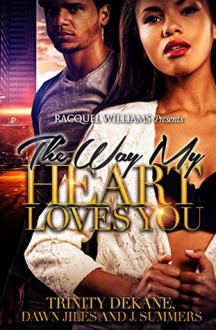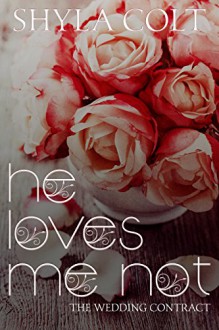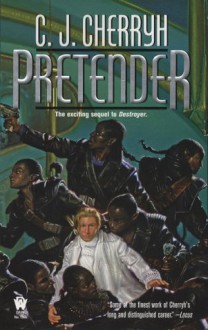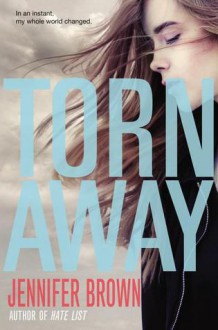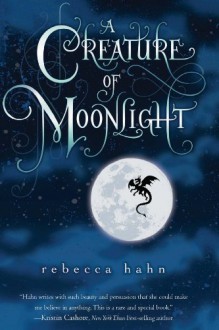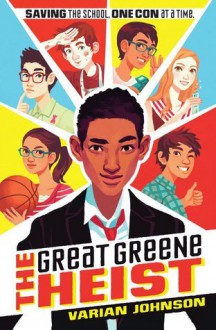
This is in some ways a pretty easy book to talk up to people. Look at that cover. Do you think it looks awesome? A middle school heist book with a diverse cast sound like something you’d enjoy? There you go.
Personally, I do love a good heist story. Ocean’s Eleven, The Italian Job, Ally Carter’s Heist Society books–they all satisfy that part of me that likes a fast-paced story with some derring-do and slightly criminal activity. The Great Greene Heist is a fun example of the genre. Johnson clearly knows his stuff: snappy dialogue, main character who leads an unlikely team, betrayal, revenge, and a little bit of romance. He scales the normal heist story down so it fits in a middle school setting, but he never talks down to his audience. He expects them to follow the dialogue, to get the references.
And then there’s the setting. I started flailing on Twitter last night because no one had mentioned that The Great Greene Heist is set in Columbus, Ohio, where I lived from September 1993 to June 2006. Maplewood is a fictional school, but Easton Town Center, where Gaby goes with her aunt, and the Whetstone branch of the Columbus Metropolitan Library are not. (I loved the Whetstone branch because they had a little flower garden.) I am always happy when books are set in the Midwest, since it’s one of the less-valued areas of the country, even today seen as boring and full of farms. The reality of the Midwest is so much more interesting and complex than that and I love seeing authors choosing to show that in their books.
Johnson also chose to create an extremely diverse cast, and to consciously push back against stereotypes in several different ways. I actually prefer the second cover the book was given, because it shows more accurately what the story looks like, and because it makes it clear that Jackson is the main character but not the only character. The characters in the book are racially and ethnically diverse. They are also all firmly middle class; Jackson’s parents are professionals, and his mother is a professor at Ohio State. We don’t see many books written from this perspective, and it’s great to see it here.
At the same time, the characters also encounter casual racism, especially from Ms. Appleton, one of the school secretaries. Here’s the clearest quote, but it is echoed several other times in the book: “Jackson looked at his skinny brown hands. He never quite knew what Ms. Appleton meant when she said ‘boys like you.’ He hoped she meant something like ‘boys named Jackson’ or ‘boys who are tall,’ but he suspected her generalizations implied something else.” I mean, can’t you just hear someone saying that? I know I can. It’s not a violent racism, but rather the assumption that brown boys will always be in trouble, that they’ll never get anywhere. And by middle school, kids will most definitely have encountered this attitude from someone. They’ll get it.
But diversity of race is not the only kind we see here. Megan is a blonde cheerleader, the punchline of innumerable jokes, except that she’s also very smart and talented with computers (and speaks Klingon). Gaby plays basketball and it’s clear that she–and the rest of the girls’ basketball team–is much better than any of the boys playing (when she’s playing Jackson she is relieved because at least she doesn’t have to hold back). All of the main characters are shown in multi-faceted, complex ways.
All of this adds up to something really interesting–a mixture of the excitement of the heist plot, and this detailed realism that keeps the story on an everyday level. Normally, heist stories take place against the backdrop of a huge city: New York, Paris, London. It’s part of their glamor. But Johnson sets his in Columbus, gives us a cast that accurately depicts the diversity of our world, gives them a goal that fits into their concerns. These are not teenage spies or jewel thieves; their goal is to get the right person elected as Student Council President. As much as I love the good old-fashioned heist story, this is exactly right. It gives the kids it was written for a chance to see themselves, a chance to feel understood and valued.
In case it wasn’t clear, I also loved reading it myself. It was just plain fun. I’d love to see a sequel or two (or three!) and I’m so glad the Great Green Challenge gave it a boost to my radar.
Book source: bought
Book information: 2014, Arthur Levine; middle grade
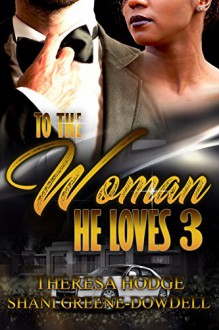

 Log in with Facebook
Log in with Facebook 
